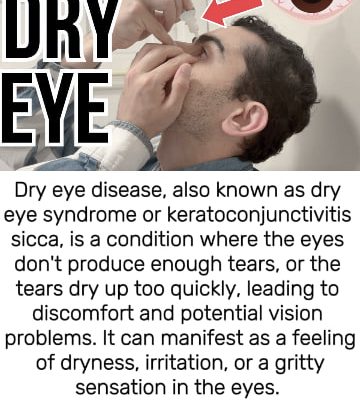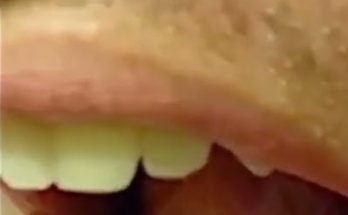Dry eye disease, also known as dry eye syndrome or keratoconjunctivitis sicca, is a condition where the eyes don’t produce enough tears, or the tears dry up too quickly, leading to discomfort and potential vision problems. It can manifest as a feeling of dryness, irritation, or a gritty sensation in the eyes.
Causes: Dry eye can be caused by insufficient tear production, tear film instability, or both. Symptoms: Symptoms can include a gritty or scratchy feeling, burning, redness, sensitivity to light, and blurred vision.
Types of dry eye: There are two main types: (I) evaporative dry eye (where tears dry up too quickly) and (II) aqueous deficient dry eye (where not enough tears are produced). Common Factors contributing to dry eye: Age, contact lens wear, certain medications, and environmental factors can increase the risk.
Treatment for dry eye: Treatment may involve artificial tears such as Hyoscan or Systane, warm compresses, and, in some cases, punctal plugs or surgery. This is for informational purposes only. For medical advice or diagnosis, consult a professional.

